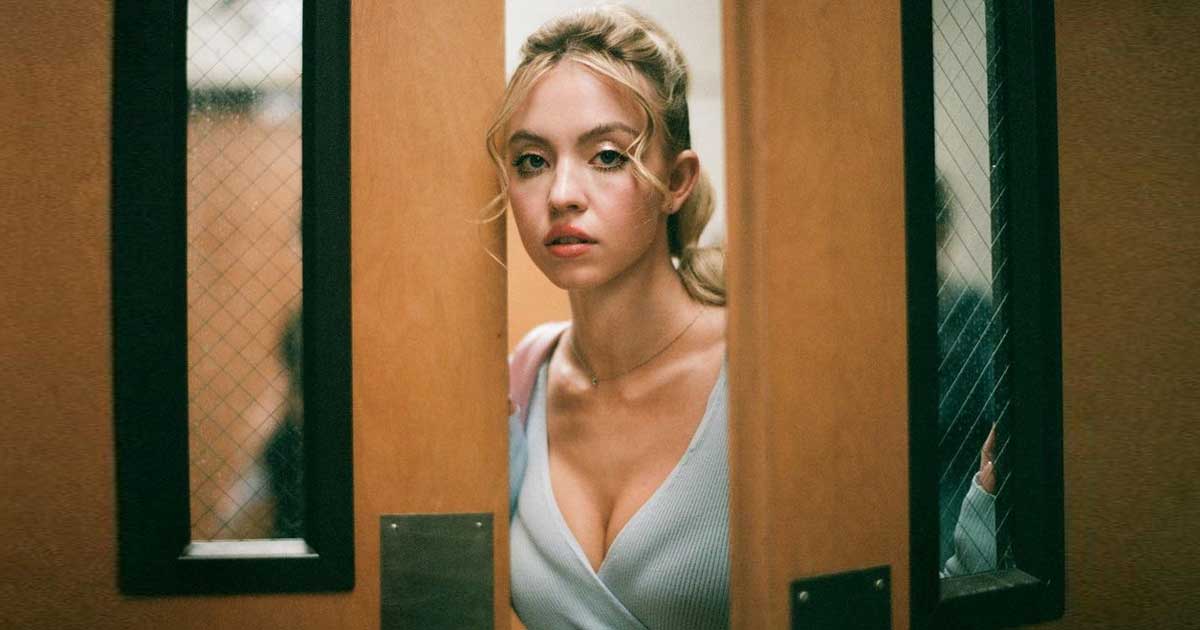The idea of the male gaze, which Laura Mulvey first talked about in her 1975 essay Visual Pleasure and Narrative Cinema, highlights how women in media are frequently shown as objects meant to please a straight male audience. This viewpoint turns women into passive figures in their own narratives, mainly there for the enjoyment of male viewers. The male gaze influences not just the representation of women in media but also affects how they see themselves and interact with the world around them.

Cassie Howard from HBOŌĆÖs Euphoria really highlights how a character can be influenced by the male gaze. Her journey reveals the negative effects of viewing herselfŌĆöand being viewedŌĆöthrough other people’s perspectives.
Male Gaze in Media
Mulvey points out three main types of “looks” that are part of the male gaze.
- The look of the camera, which frames women in ways that emphasise their physical appeal.
- The look of male characters within the narrative, who often act as spectators.
- The look of the audience, positioned to align with the male perspective
CassieŌĆÖs actions and decisions reflect these dynamics. In one particularly memorable scene, Cassie painstakingly prepares her appearance before school, waking up hours earlier than necessary to style her hair, apply makeup, and choose the perfect outfit. Her efforts are not for herself but to feel attractive and noticed by the boys at school. This perfectly encapsulates MulveyŌĆÖs assertion that ŌĆ£a woman watches herself being looked at.ŌĆØ Cassie internalizes the male gaze, shaping her identity and self-worth around how desirable she appears to others.
Social Media and the Gaze
Cassie’s story hits home regarding the pressures of the male gaze in our social media world. With platforms like Instagram, women often need to shape their lives and look just to get that validationŌĆölikes, comments, and followers. This ties back to MulveyŌĆÖs point about women being both the focus and the ones looking as they create and consume content that keeps these standards alive.
Cassie’s story really hits home when it comes to the pressures of the male gaze in our social media world. With platforms like Instagram, women often feel the need to shape their lives and look just to get that validation of likes, comments, and followers. This ties back to MulveyŌĆÖs point about women being both the focus and the ones looking as they create and consume content that keeps these standards alive.

Challenging the Male Gaze
While the male gaze continues to dominate media, there is a growing movement toward more authentic and complex representations of women. Euphoria, for example, doesnŌĆÖt allow CassieŌĆÖs character to remain a one-dimensional object of desire. Instead, the series portrays her vulnerabilities, insecurities, and struggles, offering a more rounded perspective.
This shift toward more nuanced portrayals marks progress in challenging the male gaze. Recognizing and addressing these issues in media helps create space for women to be seen not as objects, but as fully realized individuals with their own stories to tell.
references
- Mulvey, Laura. Visual Pleasure and Narrative Cinema (1975).
- Euphoria (2019ŌĆō ). HBO.
- WOMAN AS IMAGE, MAN AS BEARER OF LOOK (pp. 808ŌĆō815).


ATE DOWN
Hi Adar! This was an absolutely brilliant topic choice, you explored Cassie’s character so well and accurate and how Euphoria critiques the male gaze. The part of your blog that sticks to me is how the dynamics shape not only the media portrayal but the reality. I like how you highlighted how Cassie is given a depth of being an object of desire, which connotes her struggles. This is perfect way to stir towards a changing media that goes up against stereotypes. Well done!!!!